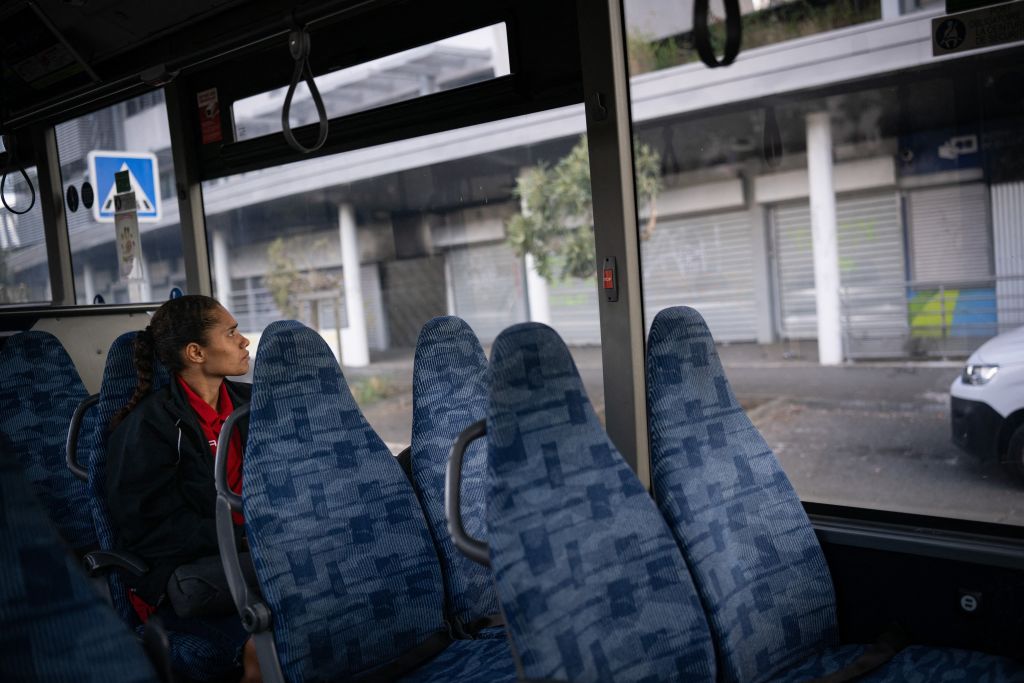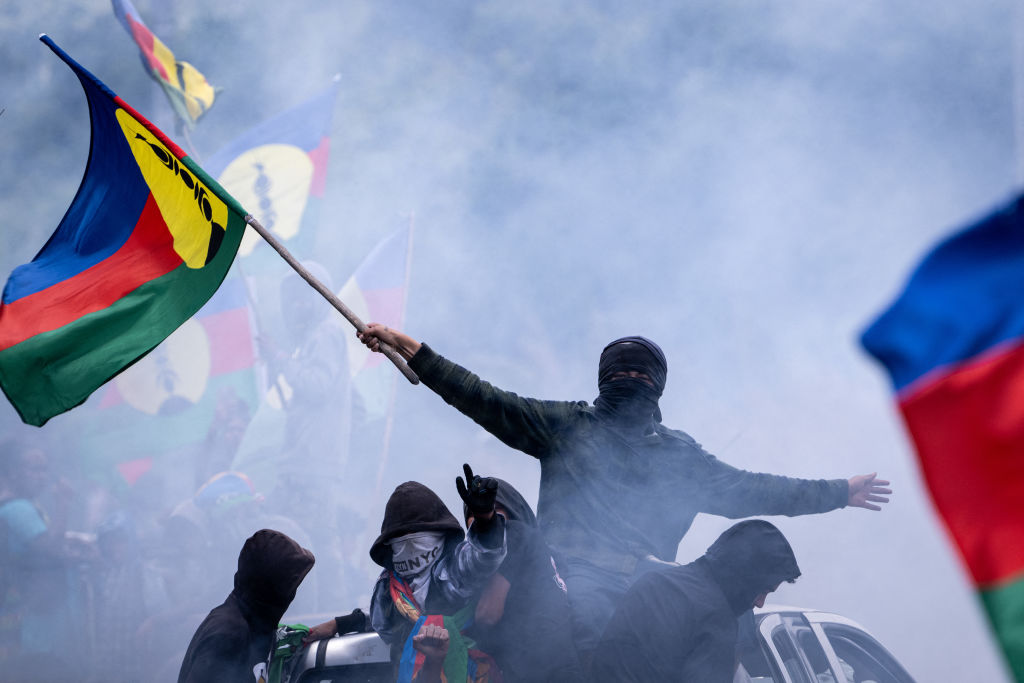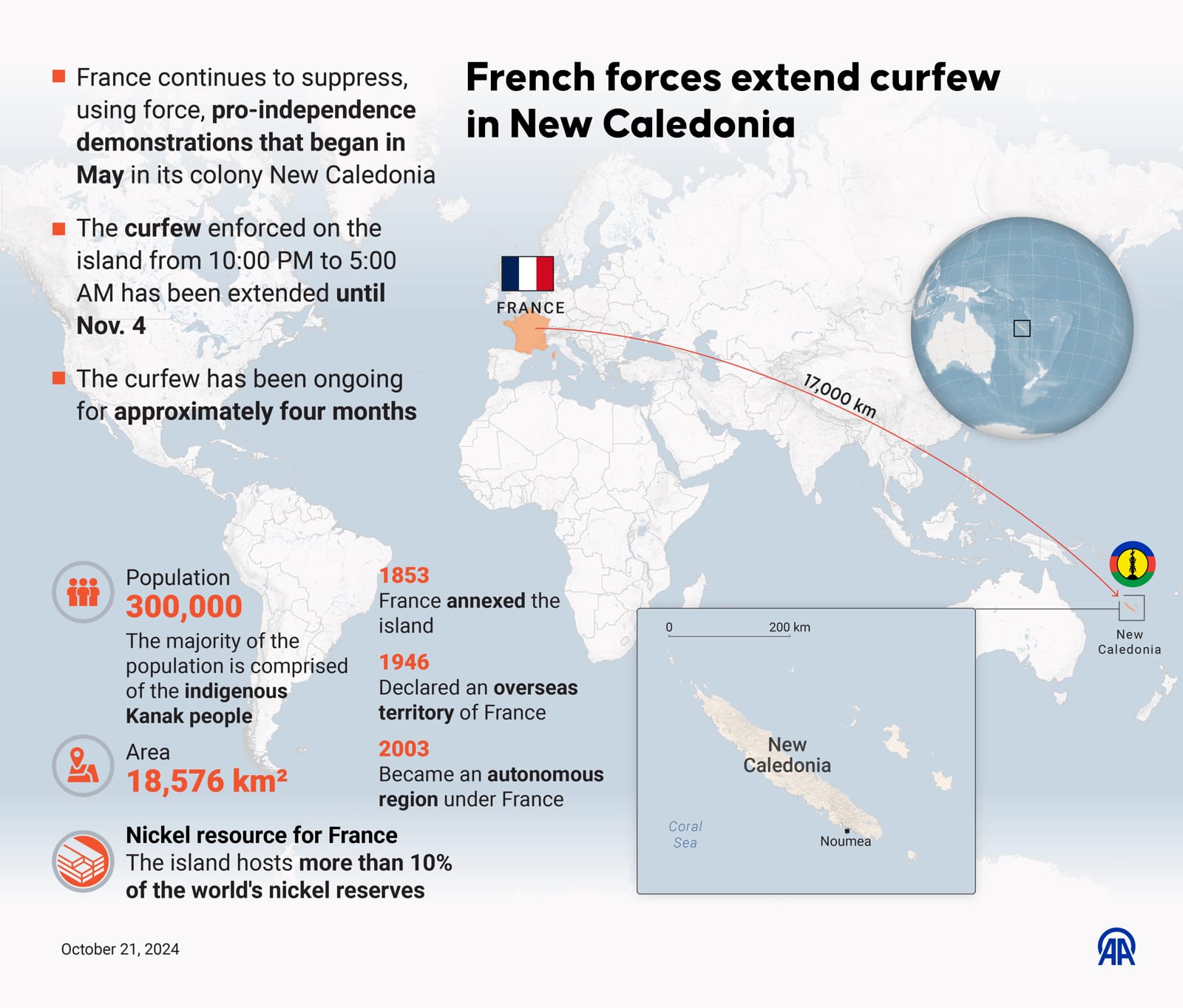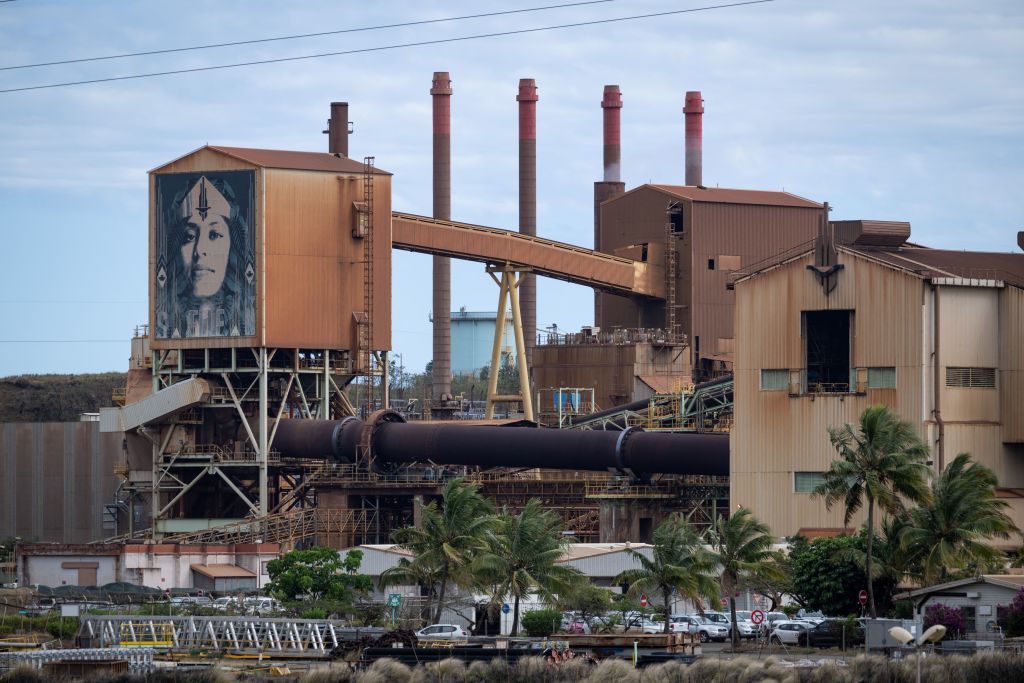Since early August, the Pacific Islands Forum has sought permission to send a leader’s delegation to New Caledonia to “address the ongoing tensions” that have shaken the territory since May this year. After repeated delays, the PIF visit commenced for four days from 27 October and involved four of the region’s statesmen: Forum Chair, Hu’akavameiliku Siaosi Sovaleni, the Prime Minister of Tonga; Cook Islands Prime Minister Mark Brown; Fiji Prime Minister Sitiveni Rabuka; and Solomon Islands Minister for Foreign Affairs and Trade Peter-Shanel Agovaka.
While the visit is significant, the all-male composition of the PIF mission may constrain how dialogue occurs and the engagements occurring with interlocutors on the ground. Since the earliest days of the crisis in May, women’s perspectives have been obscured as has the value of commitments to diversity and inclusion and the importance of broad-based consultation as critical to conflict mediation.
There is a need for more diverse perspectives on the crisis than those that are learnt from a narrow, male-dominated political elite.
On the question of gender inclusion in conflict environments, United Nations Security Council Resolution 1325 on Women, Peace and Security (WPS) formulated in 2000 provides clear guidance as to how the effects of conflict and peace negotiations should be managed. This resolution requires all UN member states to foreground gender concerns in their efforts to mediate conflict and build peace and to also support the participation of women in these processes.
In the past decade, the Pacific Islands Forum and Solomon Islands, as a government represented on the delegation to New Caledonia, have developed action plans (although both are now lapsed) that established how WPS principles would inform their responses when conflict-related insecurity occurs. France itself has a current WPS National Action Plan (2021-25) which clearly stipulates its commitments to “women’s participation in peace processes and in all decision-making related to peace and security, in order to strengthen these processes and further the global promotion of equality between men and women”.
The women I have worked with in New Caledonia since the commencement of the crisis see little evidence of these principles in play and point, instead, to the “invisibilisation” of women since the crisis began.

This has been a familiar refrain in conflict affected countries across the Pacific Islands region, as it is globally, and one that can compromise the durability of conflict resolution strategies. The marginalisation of women is observed when conflict environments are marked by high levels of insecurity. This can produce a “command and control” ethos that legitimates masculine authority and power. In these environments men are typically expected to assume the protector role while women are expected to demonstrate obedience to masculine authority to ensure they are worthy of protection.
As the crisis unfolded, statements of male political leaders were given widespread coverage in local and international media reporting.
These gendered patterns have been evident in New Caledonia since early May and certainly in the residential quarters of Noumea, where, since the first days of unrest, civilian men were highly visible as those coordinating and leading neighbourhood protection responses. They mounted roadblocks to control and restrict movement in residential areas. Even hotels in Noumea’s tourist precinct requested male guests to sign up for security patrols of their grounds.
Media reporting on the crisis reinforced the relationship between masculinity and violence and was dominated by visual images of young men engaged in violent acts. While these representations were not necessarily inaccurate, their predominance obscured the fact that women have contributed to Kanak protest activities in a range of ways. They are members of pro-Independence political parties, and the Coordinating Committee for Territorial Action that formed to protest the contentious electoral law changes that triggered the crisis. Young women were also present on the barricades mounted as part of the protests that restricted movement during the crisis.
Tragically, a young Kanak woman was also killed in the early days of the violence, one of 13 casualties recorded since early May. There has been very limited media coverage of this incident, however. Perhaps this is because journalist storylines consistently demonstrate an overriding interest in reporting “uncontrolled” masculine violence.

This reflects a broader challenge regarding women’s ability to be heard in media reporting, which, on the whole has been dominated by male voices, as political leaders, as government functionaries and as “expert commentators”. As the crisis unfolded, statements of male political leaders were given widespread coverage in local and international media reporting. This may appear curious given that women hold roughly 50 per cent of New Caledonia’s parliamentary seats thanks to gender parity electoral laws adopted in 2001.
It is more understandable if we also recognise the challenges that women in the territory navigate with regard to accessing substantive positions of political power. There is only one woman currently included in the 11-person territorial government, and only one of the territory’s 12 major political parties has a women leader.
Similar gendered biases inform how this crisis has been “governed” by French authorities. At the conclusion of his visit to the territory in May, and before the dissolution of the government in June, President Emmanuel Macron nominated an all-male team of high-level bureaucrats, only one of which had some background of work in New Caledonia. The team was charged with leading dialogue and reconstruction efforts but appeared to be constituted in a way that paid little regard to French WPS commitments on the inclusive participation of women.
Post the legislative elections in July, the new French government under the leadership of Michel Barnier as Prime Minister has appointed Francois-Noël Buffet, Minister for Overseas Territories. While Buffet is certainly commencing his role with a far more moderate and conciliatory posture than his recent predecessors, his appointment and travel to New Caledonia demonstrates a continued bias towards male authority as critical to the governance of crisis.

In the last months, I have conducted interviews with local women from different communities in New Caledonia. Our conversations are focussed on the impacts of the conflict and the struggles that everyday women face in making their situation understood. These discussions point to the need for more diverse perspectives on the crisis than those that are learnt from a narrow, male-dominated political elite. In particular, they state their exhaustion with “les discours des héros” or heroic statements. They argue these reinforce divisions and the idea of communities “at war with each other”.
In contrast, they observe the work that women are doing to build peace and improved intracommunal understanding. For example, my interlocutors explained to me the contrasts observable in the political approach of Omayra Naiselline, the only female candidate who progressed to the second round of the French parliamentary elections in July, and her male opponents. Naiselline was praised for her effort to engage in dialogue with youths in the popular quarters of Nouméa to better understand their concerns and the grievances they expressed through violence. They contrasted this with the distant statements of male electoral candidates who, in their assessment, inflamed tensions rather than calming them.
Similarly, they described to me the efforts made by Kanak women to reason with security force personnel who have sought to establish control in Kanak quarters of the city that have been identified as security “hot spots”. They described the noise and chaos in these areas, as security forces use tear gas and armoured vehicles as part of offensives that aim to reassert state control.
Without commitments to include a diverse range of women’s voices, plans can produce only a partial and impermanent peace.
My interlocutors explained to me that Kanak women have not been passive in these settings but confronted security personnel, pleading with them to stop actions that they experience as harassment. These actions have also included appeals to the humanity of security forces and for empathy, reminding police that they are also part of families, and to imagine how their actions are “making the lives” of local families “hell”.
In a broader perspective, some interlocutors reflected on the longer-term factors that have deprived women of political influence in the territory arguing that the legacies of earlier efforts to build peace in the territory during the conflict of the 1980s had failed women. In particular, they pointed to the limited ways in which the concept of “rééquilibrage” or “rebalancing” was defined and implemented under the Noumea Accord; a political settlement negotiated between Kanak Independence activists and the French state in 1998. The Noumea Accords addressed the centralisation of political and economic power in the south of the country. The principle of rebalancing authorised a devolution of political power to provincial levels, a more decentralised model of economic development and stronger recognition of Kanak systems of regulatory authority within the state justice system.
Some women described the promise of rebalancing as illusory. They observed irony in the fact that rebalancing was never discussed in ways that addressed the imbalanced nature of gender relations for many women across the country.
To illustrate this idea, they reflected on women’s work in one of New Caledonia’s most critical arenas of development, the nickel industry. They observed that rebalancing may have created more possibilities for women to work in spheres such as mining, due to investment in new decentralised nickel extraction initiatives involving Kanak communities in the north of the territory at Kone, but the claim that this work might rebalance gender relations in the long term was tenuous. In the post Noumea Accord era, this project became emblematic of territorial commitments to economic rebalancing with the pro-Independence Northern Province owning a significant shareholding in the enterprise. Today, the economic viability of the project is imperilled by plummeted nickel prices on global commodity markets. After a temporary suspension of operations in March this year, the enterprise was closed indefinitely in September.

Even before this closure, research demonstrated the constrained opportunities for work that women accessed within the now troubled sector . One of my interlocutors felt the barriers of racialised and gendered discrimination within this sector so acutely that she decided to pursue professional opportunities overseas, convinced these would be more lucrative.
Reflecting on the ways the recent crisis has been managed in New Caledonia, my interlocutors observed, again, the false promise of rebalancing as one that had solidified gendered hierarchies, concluding that it “was not a real peace” negotiated for women in 1998.
These reflections come at a critical time for the territory’s future and as the French government signals its willingness to engage in a dialogue process that will reopen debate on the question of territorial sovereignty.
In the last days a deliberative forum attended by political and civil society leaders and focussed on the development of a national framework on security, recovery and reconstruction (PS2R) has given impetus to the effort to build peace on the territory.
The extent to which these proposed plans have been subjected to gendered analysis is, as yet, unclear. Likewise, it is hard to know where and how women have been able to influence the design of the plan or its implementation. What is clear is that a plan that does not make room for gendered provisions and that is established without commitments to include a diverse range of women’s voices can produce only a partial and impermanent peace. If the road to peace is to prove durable, the gendered practices of marginalisation that have been a consistent feature of the New Caledonia’s recent political history, and efforts to govern this latest crisis, must be recognised and avoided.


